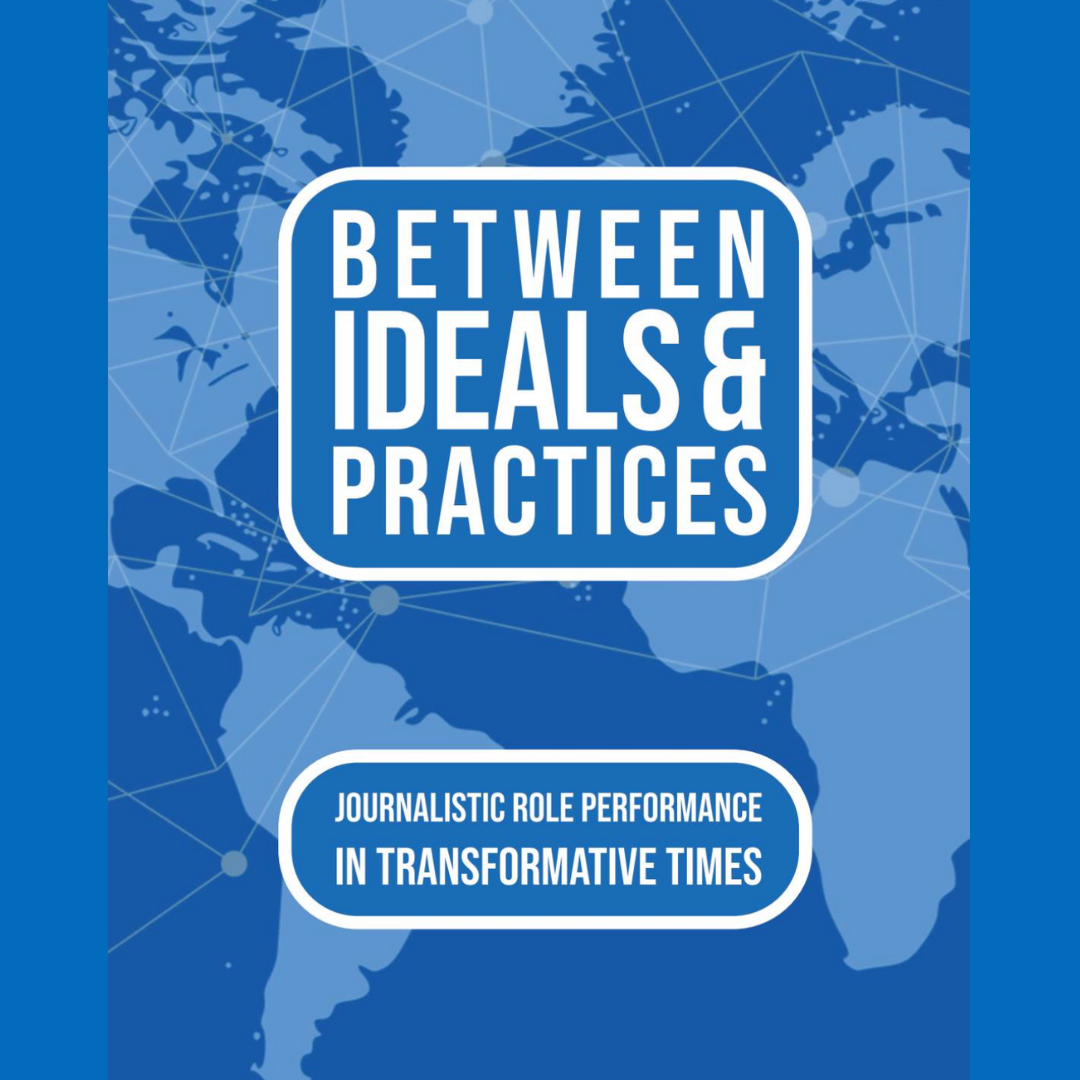A newly published magazine highlighting research shared at the Between Ideals and Practices conference captures the state of a media landscape in perpetual transformation.
Shaped by factors such as technology, multiplatform delivery, and a years-long pandemic, journalists and news outlets across the world have adapted in different ways to a shifting political and cultural landscape. However, in journalistic cultures everywhere, the values journalists prioritize in their work aren’t always present in their journalism, and those values are changing.
With the goal of better understanding the significance of the gap between journalistic ideals and practices, researchers from around the world gathered in the School of Journalism at the Creative School at Toronto Metropolitan University to talk about changing journalistic roles.
The conference included keynote addresses from Dr. Claudia Mellado, principal investigator of the international Journalistic Role Performance (JRP) Project, and from Dr. Daniel C. Hallin, a pioneer of media systems research.
Presentations at the conference covered journalistic practice in a wide range of countries in the Global South and North, with topics including the politically-driven polarization of media, the shift of news outlets to an online environment, the experiences of different groups in increasingly diverse newsrooms, and burgeoning local-language reporting in previously-colonized countries such as the Democratic Republic of the Congo.
The English and French versions of the magazine are both available in print and online. To access the online versions, follow the hyperlinks in the previous sentence then click the red “read now” button. Use your arrow keys or click the light gray arrow in the black border on the far right of the screen to flip pages. There is also a small pull tab at the bottom centre of the screen which lets you read through the pages in any order. PDF versions of the magazine can be accessed on this website.
Each article also has a recorded version that is accessible by QR code. This is in keeping with the goal to make academic conferences more accessible. The magazine includes a best practice guide from the conference’s accessibility coordinator, Sama Nemat Allah, that details how to create more inclusive spaces, including recognizing that audiences are diverse from the get-go and budgeting for accessibility services and venues when planning a conference.
The conference and the magazine were supported by funding from the Social Sciences and Humanities Research Council, as well as The Creative School, Centre d’études sur les médias, the Journalism Research Centre at TMU, Toronto Metropolitan University, and Pontificia Universidad Católica de Valparaíso.

